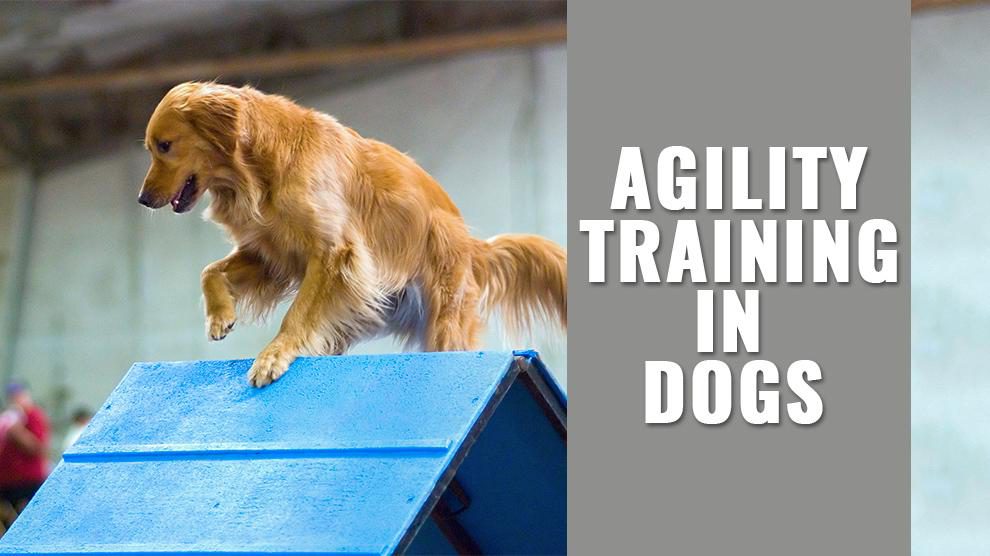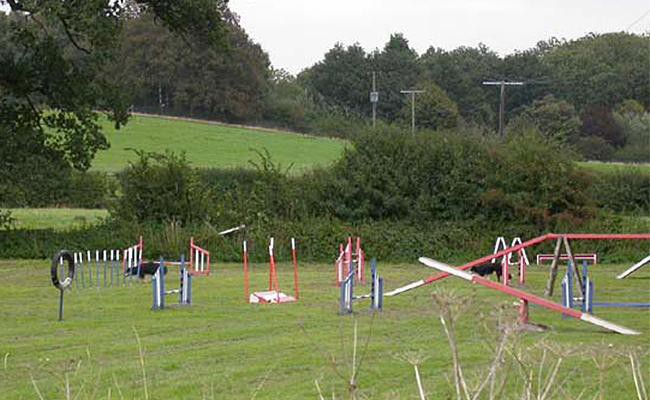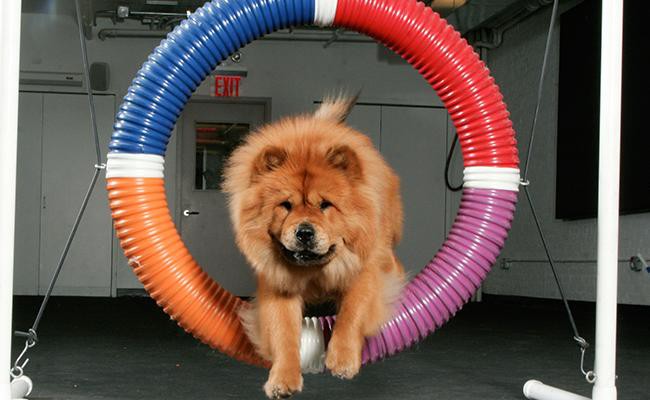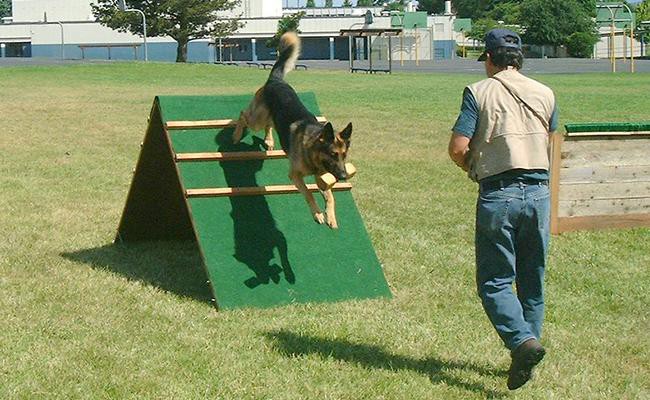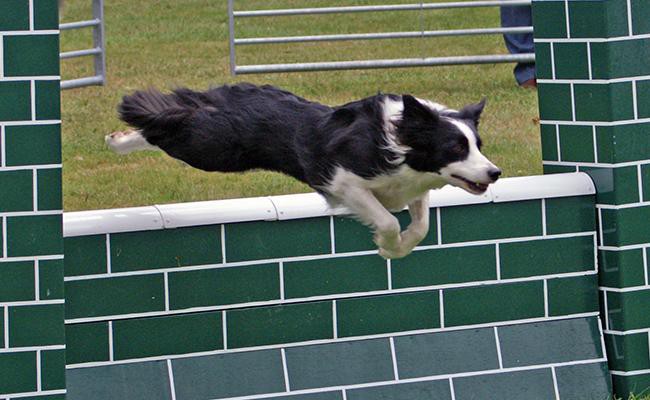Dog Pregnancy Calculator And Timeline
What is dog agility training? Racing against the timer, trainers instructing the dogs to execute challenging exercises. The goal is to be the fastest on the obstacle course. The course comprises strenuous feats of a tunnel running, hurdle jumping and pole weaving. Do you want to make your dog a champion?
Au contraire, you just want to put your dog’s natural instincts to work and for a fun way to bond with him?
Look no further….. There is dog agility training.
If the canine world had an international sport, it would be agility. Agility training is one of the best ways to get a dog to calm down, stay fit and behave better.
Dog agility competitions are a trendy canine sport held worldwide in which a trainer directs a dog through several obstacles such as a dog walk, teeter-board, tunnel, pause table, tire jump, teeter-totter, weave poles, standard jumps, and other obstacles.
During competitive agility events, trainers attempt to navigate dogs through the obstacles as perfectly and as quickly as they can.
These form a course where you experience each obstacle in an order and your dog based on their speed, the number of faults and how they handle each obstacle (height of a jump, foot positioning etc…) will be scored to come up with a competitive ranking for the course.
How To Get Involved?
Agility competitions are held worldwide to find the crème de la crème. There are multiple organizations who administer this sport like United States Dog Agility Association (USDAA).
The North American dog agility council (NADAC), and the American kennel club (AKC) who are all connected to clubs that practice and train agility for dogs at all levels.
This will give you options to find an agility program that you like and that can also match with your schedule.
However, the important thing is to enjoy the training and have a good time; that’s how the bonding works. If you have a fun time, your buddy will have too, which will make them bond with you easier and behaving well off leash.
There are also some common misconceptions that come with Dog agility training. There is no prerequisite for the handler; you could do agility training even in a wheelchair.
There are no limits on whom or what kind of dog can do agility training because eventually, it is about having fun while training your dog.
Why Is Dog Agility Training Good?
Agility is a competitive sport for canines. Handlers and their dogs work as teams, with the handler helping the dog to map the obstacles in the right order.
During the competition, teams participate to see who can complete the obstacle course the fastest with the fewest mistakes. Some people enjoy competing in agility trials while others do agility training just for fun.
- Agility training is great for a dog’s well being, a kind of confidence-building for shy dogs.
- Agility training helps many dogs conquer their fears of odd surfaces (do you have a dog that is scared to walk on linoleum or tile?), “creepy” stimuli, moving away from their owner and small or confined spaces.
- Dogs, like humans, need regular exercise to maintain healthy state and overcome physical and psychological health issues. Agility training may be the answer to your quandary as it is an enjoyable way for vigorous physical activity for your pet.
- Irrespective of age, agility provides an outstanding cardiovascular workout and strengthens bones and muscles.
- Science is making it perspicuous that when you train your dog you do more than teach him a skill. We all now know that training may also change your pet’s brain and ingeniously modify his thinking processes.
- Agility will satisfy your dog’s instinctive canine behaviors and it works in the part of their brain that is connected with getting tasks done which makes them feel like they’ve done something fruitful rather than just walking or running.
- Agility training is an ideal way to allow your dog to get in touch with their natural instincts.
- Another advantage of agility training is that your dogs will be more approachable and responsive!
- It Will Strengthen the Bond between you and your dog because a dog would not be able to successfully complete an agility course without the help of its owner.
- This means that your dog will be dependent on your verbal instruction and physical guidance. Consequently, the trust between you and your dog will increase, and you have more respect for one another.
- Other benefits are developing speed and accuracy, developing obedience skills, learning to think on his feet, improving coordination and, most importantly, developing agility (of course).
It is a Great Exercise for you
It will improve your own fitness if you run alongside your dog, weaving through obstacles and crawling through tunnels. You do all of this to encourage your dog to complete the course in good time. You are a dog trainer and no need to join gym classes separately.
It Is Fun!
You will need to take your training seriously if you are agility training your dog with the purpose of competing and winning medals. Nevertheless, if you were simply using agility training as a substitute for exercise to walking and running, you would have a lot of fun.
Best Dog Breeds For The Job
The USDAA has reported that there are over 150 breeds of dogs, including all mixed-breed dogs as one group, involved in agility competitions.
There is definitely nothing like “superlative” dog breed for agility or best bet for agility; however, there is a core skill set found in a number of breeds that can frequently be seen chipping in agility and canine sports successfully.
Moreover, a greater number of dogs from these breeds most likely to be involved in vigorous sports with their owners than other dog breeds.
This does not mean that only a few dog breeds can only to agility as well as active sports. There really is a magic formula for finding the perfect dog to work with!
You cannot judge the potential competency of any pups until they reach the age where you can get out and have a go. There is no assurance that even a dog descending from agility champions will have an equally great talent for the sport.
While some breeds, like the Border collie are excellent at the sport. You should not let the fact that a Rottweiler or a Siberian husky may have focus problems to stop you from trying agility.
If your dog is lively and full of beans, he is probably going to enjoy agility training.
How To Find Agility Training Right For Your Dog?
Your dog can hop onto the chair, clamber over the kitchen table and, from there, he can explore the plates in the sink So that he can scoff the remains of last night’s dinner off the plates.
Does that make him an agility dog? You know the answer. He’s quite agile, athletic, resourceful and he is, indeed motivated by food. Reasoning from this fact is he lacks basic training and has no manners!
It’s a straightforward choice between a doggy dishwasher and an agility dog. Go for the hygienic option i.e., agility dog. Seriously before you start your lessons, there are some considerations to determine whether agility training is a good activity for your dog.
- This type of training can take a toll on your pet’s joints. Your pooch should be physically fit enough to participate. If your dog is infectious with a kennel cough, just had puppies or is in season, it would be sensible to wait a little longer till you start classes.
- You can begin training as early as the puppyhood. You should start with the basics like obedience classes, acclimatizing about walking on different surfaces etc.
- Most of the clubs ask that a dog be at least a year old or fully grown. You can begin introducing jumps and other obstacles once their bones and muscles have strengthened.
- Do not attempt jumps at puppy stage as doing so before a dog’s completely-grown can severely damage their joints. Would you expect a kid to run a full marathon? And puppies are too eensy-weensy to pass through full height jumps.
- The same considerations are applicable to seniors, as well. The jumps will need to be adjusted as their joints may be weaker.
- Since agility is both a mental and physical sport, keep training sessions for seniors and puppies short. As with any new doings and activity, consult your vet for advice if you are uncertain.
- Once you think your dog is ready to begin agility training, your best bet is to find a group or class in your neighborhood.
- The NADAC, USDAA, AKC sites have links to agility groups in each state. Many pet trainers offer agility classes, as well.
- The good thing about agility classes is you will be able to introduce your dog to the obstacles. A bonus – without the cost of building or buying them.
- Not least of all, Temperament is the most important consideration. Attitude problems can be very upsetting for you, the class and your instructor.
- For instance, not all dogs tolerate the trainers to handle them. Some dogs bark, snap if another dog gets near to them.
- Ask your trainer for private lessons to smooth over things before you throw your dog into a class situation. If the problem is unmanageable, consult your vet to refer to a Dog behaviorist prior to the agility classes.
No one likes unsportsmanlike behavior!

